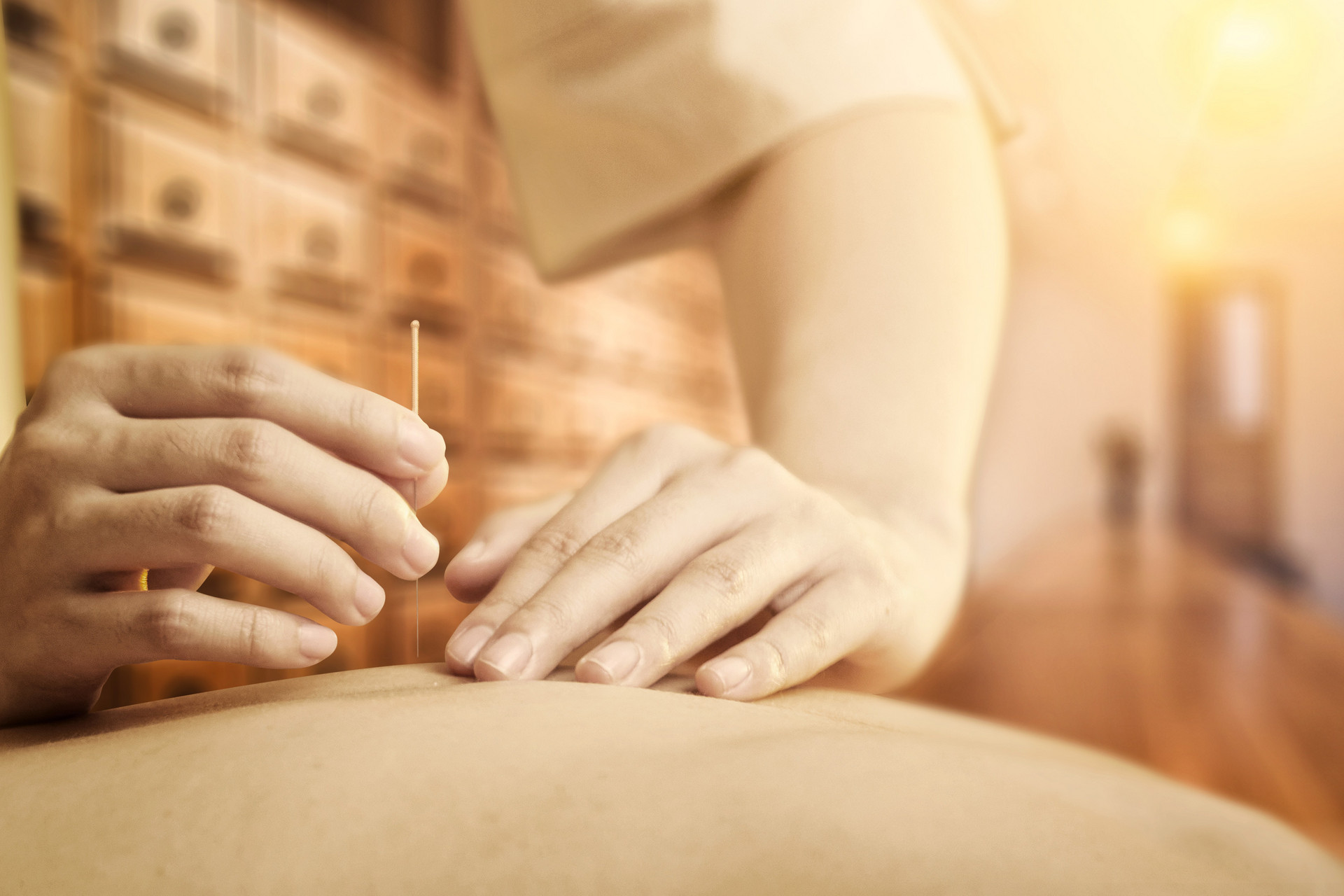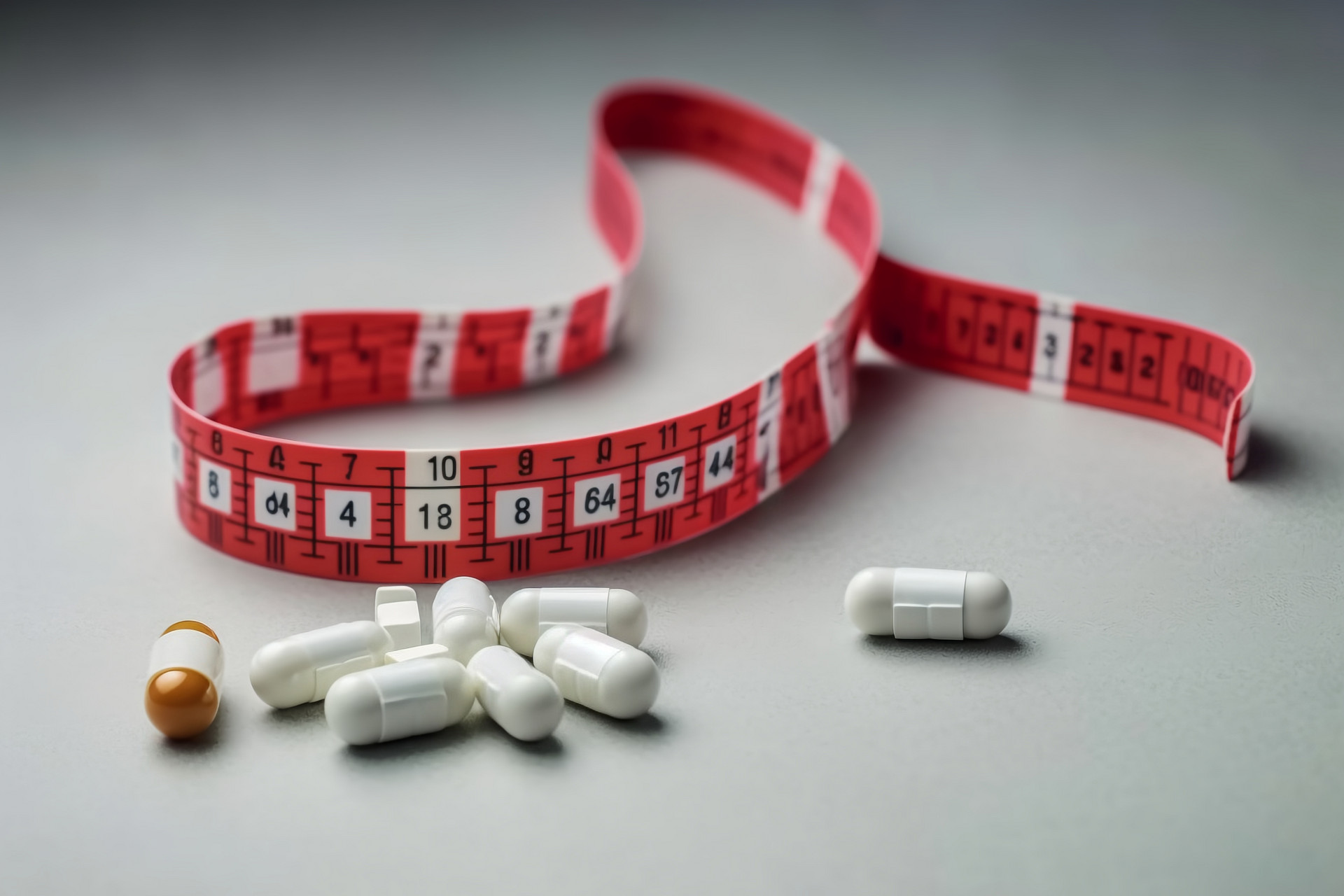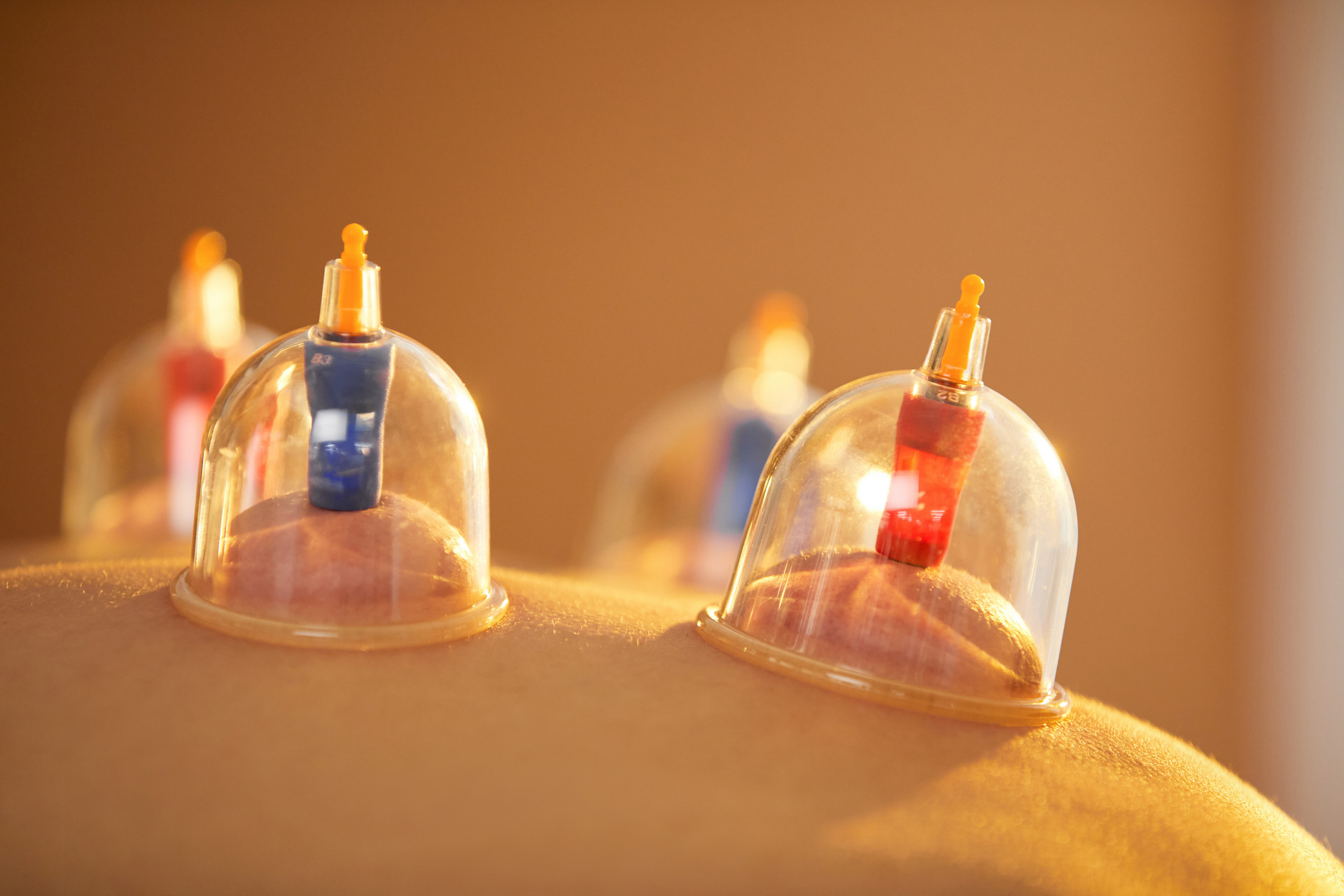Frequent episodes of diarrhea are common in daily life. So, where should cupping be done when experiencing diarrhea?
Locations for Cupping During Diarrhea
Tian Shu (Heavenly Pivot)
1. Location:
Tian Shu is located in the middle of the abdomen, 2 inches on either side of the navel. It belongs to the Stomach meridian.
2. Method of locating the acupoint:
The patient should lie on their back. Tian Shu is located in the middle of the abdomen, directly above the navel, 2 inches away from it (approximately three fingers' width to the left or right of the navel).
3. Function:
Tian Shu has the functions of regulating the middle Jiao (i.e., the stomach and spleen), relieving qi stagnation in the spleen, regulating the intestines, promoting the movement of qi, transforming stagnation, and regulating menstruation.
Zhong Wan (Middle Stomach)
1. Location:
Zhong Wan is located in the upper abdomen, along the midline, 4 inches above the navel. It is one of the main acupoints on the Conception Vessel.
2. Method of locating the acupoint:
The patient can lie on their back. Zhong Wan is located in the upper abdomen, along the midline, 4 inches above the navel. The specific location can be found as follows: it is the midpoint between the lower end of the sternum and a line connecting the sternum to the navel.
3. Function:
Zhong Wan has the functions of regulating qi in the stomach, transforming dampness, descending rebellious qi, invigorating the spleen, and descending rebellion and facilitating water passage.
Qi Hai (Sea of Qi)
1. Location:
Qi Hai is located in the upper abdomen, along the midline, 4 inches above the navel. It is one of the main acupoints on the Conception Vessel.
2. Method of locating the acupoint:
The patient can lie on their back. Qi Hai is located in the upper abdomen, along the midline, 4 inches above the navel. The specific location can be found as follows: it is the midpoint between the lower end of the sternum and a line connecting the sternum to the navel.
3. Function:
Qi Hai has the functions of gathering and transmitting fluid in the lower part of the body. It can regulate qi in the stomach, transform dampness, invigorate the spleen, and facilitate water passage.
He Gu (Joining Valley)
1. Location:
He Gu is located on the back of the hand, between the first and second metacarpal bones, at the midpoint of the radial side.
2. Method of locating the acupoint:
Bring the thumb and index finger together, and it is located at the highest point between them.
3. Function:
He Gu can dispel wind and release the exterior, clear and descend lung qi, and regulate the intestines and stomach.
Zu San Li (Stomach 36)
1. Location:
Zu San Li is located on the outer side of the lower leg, 3 inches below the knee, one horizontal finger width (middle finger) from the anterior crest of the tibia.
2. Method of locating the acupoint:
Sit with the knees bent and locate the calf's nose. Measure 4 horizontal finger widths (approximately 3 inches) down from the calf's nose, and apply pressure until a sore or distending sensation is felt.
3. Function:
Zu San Li can eliminate dampness in the spleen and generate stomach qi.
Shang Ju Xu (Upper Great Hollow)
1. Location:
Shang Ju Xu is located on the outer side of the lower leg, 6 inches below the calf's nose and 3 inches below Zu San Li.
2. Method of locating the acupoint:
Sit upright or lie down. Measure 16 inches from the knee to the outer ankle bone, locate the point 6 inches below the calf's nose, and use the middle finger as a measurement to find the position of Shang Ju Xu, which is located one horizontal finger width above the anterior crest of the tibia.
3. Function:
Shang Ju Xu can harmonize the intestines and stomach and regulate the meridians.
San Yin Jiao (Three Yin Intersection)
1. Location:
San Yin Jiao is located on the inner side of the lower leg, 3 inches above the inner ankle bone, behind the medial border of the tibia.
2. Method of locating the acupoint:
When locating the acupoint, start from the inner ankle and go four fingers' width upwards. Correspond to the depression on the posterior border of the tibia, directly above the prominence of the inner ankle bone.
3. Function:
San Yin Jiao can tonify the spleen and kidney, regulate the liver, nourish blood, and calm the mind.
Pi Yu (Spleen Shu)
1. Location:
Pi Yu is located on the back, 1.5 inches beside the lower border of the 11th thoracic vertebra.
2. Method of locating the acupoint:
The patient should lie face down. Pi Yu is located on the back, below the 11th thoracic vertebra, 1.5 inches (about two finger widths) away from the midline.
3. Function:
Pi Yu can invigorate the spleen, transform dampness, invigorate the spleen and stomach, and promote the ascent of clear qi.
Wei Yu (Stomach Shu)
1. Location:
Wei Yu is located on the back, 1.5 inches beside the lower border of the 12th thoracic vertebra. It is the back shu point of the Stomach.
2. Method of locating the acupoint:
The patient should lie face down to facilitate the use of acupoint therapy. Wei Yu is located on the back, below the 12th thoracic vertebra, 1.5 inches (about two finger widths) away from the midline on both sides.
3. Function:
Wei Yu can harmonize the stomach, regulate the middle Jiao, eliminate dampness, and descend rebellious qi.
Shen Yu (Kidney Shu)
1. Location:
Shen Yu is located in the lumbar region, 1.5 inches beside the lower border of the 2nd lumbar vertebra.
2. Method of locating the acupoint:
In the prone position, locate the point 1.5 inches away from the lower border of the 2nd lumbar vertebra, beside the Governing Vessel.
3. Function:
Shen Yu can disperse heat in the kidneys. It tonifies the kidneys, assists yang, strengthens the waist, promotes urination, regulates kidney qi, strengthens the waist and back, and improves hearing and vision.
Da Chang Yu (Large Intestine Shu)
1. Location:
Da Chang Yu is located in the lumbar region, 1.5 inches beside the lower border of the 4th lumbar vertebra. It is the back shu point of the Large Intestine.
2. Method of locating the acupoint:
Da Chang Yu is located in the spinal region, below the 4th lumbar vertebra, 1.5 inches (about two finger widths) away from the midline. Cupping should be applied in the prone position.
3. Function:
Da Chang Yu can regulate and harmonize the intestines, and relieve qi stagnation and stagnant heat.
Cupping Methods for Diarrhea
For acute diarrhea, the first group of acupoints should be targeted. The patient should lie on their back, select cups of appropriate size, and apply them to the selected acupoints. The cups should be left in place for 10-15 minutes. This treatment should be performed once a day, with three treatments constituting one course.
For chronic diarrhea, the two groups of acupoints should be alternated. During treatment, the patient should assume a suitable position, select cups of appropriate size, and apply them to the selected acupoints. The cups should be left in place for 10-15 minutes. This treatment should be performed 2-3 times per week, with 10 treatments constituting one course. There should be a one-week break between courses.
Lifestyle Care for Diarrhea
1. Pay attention to food hygiene and avoid consuming raw, cold, greasy, and hard-to-digest foods during the course of the illness.
2. If diarrhea is frequent, severe dehydration occurs, or diarrhea is caused by malignant lesions, comprehensive treatment should be adopted.
3. Pay attention to dietary and mental health on a regular basis to prevent recurrence.












